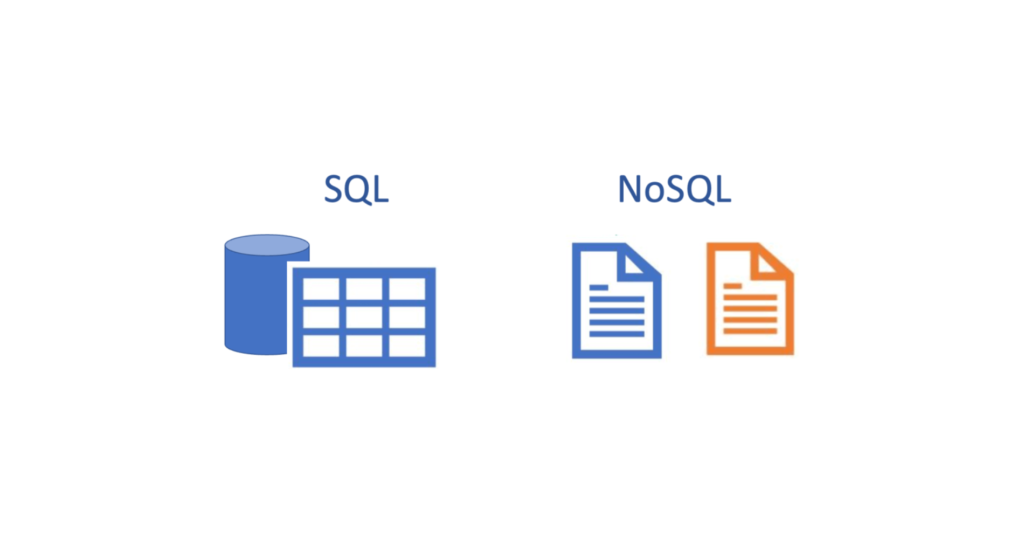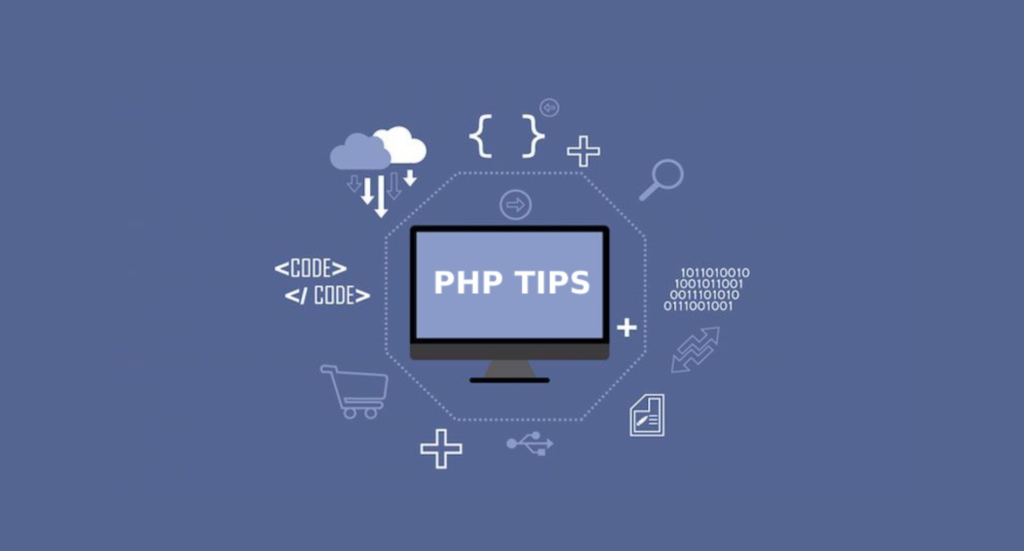Introduction
HTTP methods are critical in data manipulation and interaction with APIs in the field of web development. PUT and PATCH are two commonly used methods for updating resources, each providing a different purpose. Understanding the distinction between these two approaches is critical for developers who want to build strong and efficient apps. In this post, we will delve deep into the worlds of PUT and PATCH, investigate their use cases, and present real-world examples to demonstrate their differences.
What is the Difference Between PUT and PATCH?
PUT and PATCH are both HTTP techniques for updating server resources. They do, however, have specific functionalities that distinguish them. Let’s take a closer look at each method:
PUT – The Full Resource Update
PUT is an HTTP technique for updating a whole resource on the server. When a client sends a PUT request, the updated representation provided in the request payload replaces the entire resource at the specified URL. PUT creates a new resource with the supplied URL if the resource does not exist. PUT requests are idempotent, which means they produce the same effect as a single request.
PATCH – The Partial Update
PATCH, on the other hand, is an HTTP method for making partial changes to a resource. When a client sends a PATCH request, it only modifies the requested fields in the request payload, leaving the rest of the data intact. PATCH requests, unlike PUT requests, are not idempotent, as numerous identical requests may result in different results.
Key Differences Between PUT and PATCH
To understand the differences better, let’s compare PUT and PATCH side by side:
| Feature | PUT | PATCH |
| Resource Update | Replaces the entire resource | Applies partial modifications |
| Idempotency | Yes | No |
| Request Payload | Entire representation | Specified fields |
| Use Case | Whole resource update | Partial resource update |
| Overwrite or Merge | Overwrites the resource | Merges changes into resource |
Resource Update
The fundamental distinction between PUT and PATCH lies in how they handle resource updates. PUT replaces the entire resource, while PATCH applies partial modifications. This difference makes PUT more suitable for complete updates, whereas PATCH is ideal for updating specific parts of a resource.
Idempotency
PUT requests are idempotent, which means that making the same request many times will result in the same result. PATCH requests, on the other hand, are not idempotent, as successive identical requests may result in different outcomes based on the initial state of the resource.
Request Payload
Another significant distinction is the request payload’s content. The whole representation of the modified resource must be given in the payload when using PUT. PATCH requests, on the other hand, only include the fields that need to be modified, making them more efficient for partial updates.
Use Case
Given their distinguishing characteristics, PUT is typically employed when the goal is to replace a whole resource with a new representation. Meanwhile, when developers need to make precise modifications to a resource without changing the rest of its data, they use PATCH.
Overwrite or Merge
When you use PUT, you overwrite the entire resource with the new representation. This means that any previously stored data that is not included in the request payload will be lost. PATCH, on the other hand, simply edits the specified fields while keeping the rest data unchanged, essentially integrating the changes into the resource.
Real-World Examples
Example 1: PUT in Action
Consider a blog application that allows users to generate and update their content. When a user decides to alter their entire blog post, the application replaces the existing post with the updated content using the PUT method. The payload of the request contains the entire blog post, including the title, content, tags, and author information. If the post already exists, it will be modified; if not, a new post will be generated.
PUT is an excellent choice in this scenario since it assures that the entire blog post is updated and consistent with the user’s changes.
Example 2: PATCH in Action
Consider an e-commerce website that includes a product catalogue. The PATCH technique is used by the programme when a seller wants to alter the price of a product without changing any other product data. Only the “price” field with the revised value is included in the request payload. The server applies the partial change, modifying only the price and leaving the other product data unchanged.
In this instance, using PATCH eliminates inadvertent changes to other characteristics and allows for more efficient updates.
Frequently Asked Questions (FAQs)
Can PUT and PATCH be Used Interchangeably?
No, PUT and PATCH serve different purposes and should not be used interchangeably. PUT is designed for complete resource updates, while PATCH is intended for partial modifications.
Are PUT and PATCH Secure?
When used properly, PUT and PATCH are both secure. To make sure that only users with the necessary permissions may make updates, developers must establish adequate authentication and authorisation systems.
When Should I Use POST Instead of PUT or PATCH?
POST is used for creating new resources on the server. If you intend to create a new resource, use POST instead of PUT or PATCH.
Related Articles
- Difference Between GET And POST Method In PHP
- What Is MVC Architecture? And Why Should You Care?
- What Is Join And Types Of Join In Mysql
- WordPress vs Joomla
- How to install Gulp 4 with sample project
- Why all sites now require SSL (https)
Conclusion
Understanding the difference between PUT and PATCH is crucial for web developers aiming to build robust and efficient applications. While both methods are used to update resources on the server, they have distinct functionalities that set them apart. PUT replaces the entire resource, making it ideal for complete updates, while PATCH applies partial modifications, allowing for more efficient updates of specific fields.
By comprehending the use cases and distinctions between PUT and PATCH, developers can make informed decisions when designing their APIs and ensure data integrity and security. Whether you’re building a blog application or an e-commerce website, choosing the right HTTP method can significantly impact the overall performance and user experience.





